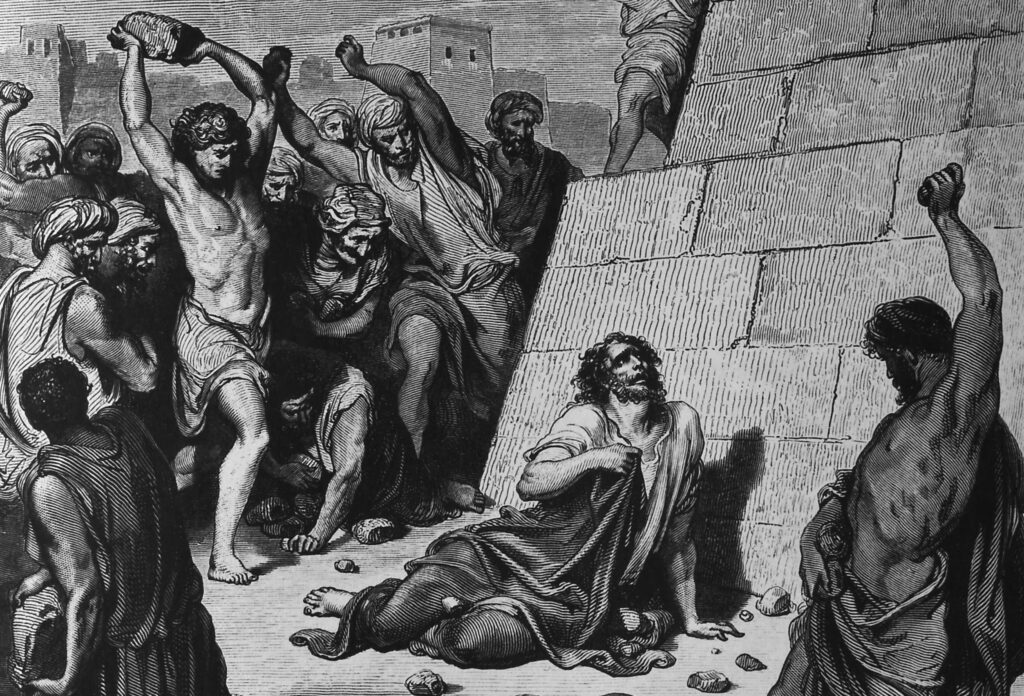
The problem with revolutions, and one of the reasons we so rarely see them, is that revolutions are inherently violent. This should come as no surprise. Every change, no matter how seemingly benign, destroys that which existed before it. Although all social change involves some level of violence, how we go about changing society affects the nature of that violence.
When we invoke social change through institutional change, this violence has consequences that go far beyond our intent. Take for example, clean energy tax incentives. It hardly seems violent to support planet-saving technologies. Nonetheless, these policies, no matter how valuable to society as a whole, no doubt inflict real violence on some. For example, as clean energy becomes more competitive, coal becomes less so. Because of this, coal-fired energy plants close down, and subsequently, the communities, whose livelihood depended on supporting that energy chain, lose not only their economic purpose but their social purpose as well.
The resulting poverty, purposelessness, and eventual decline into drug addiction and social decay that has followed is real. And this just speaks to the violence that we can predict. Every large-scale social change creates not only these predictable violent consequences, but many others that we could never have known. Imagine the inventor of the internal combustion engine’s dismay to find that his invention of a nearly limitless, mobile source of power would in less than 100 years cause the preconditions for massive and destructive climate change.
And these are the consequences of simple, incremental changes within a capitalist society. Can you imagine the violence that would occur if the foundations of such a system were changed? We don’t have to. When the Bolshiveks seized power in 1917, the violence wasn’t subtle or unpredictable. Those who represented or insisted on maintaining the previous social order were simply taken to the wall and executed.
That level of violence wasn’t arbitrary or because the revolution’s initiators were inherently violent people. Most were common laborers who were tired of not receiving the benefits of their labor. Those who possessed most of Russia’s wealth, however, weren’t going to turn it over to the people without a fight. In other words, the violence of the Russian Revolution was necessary to impart the structural changes they sought.
A Thanatist revolution, like any revolution, wouldn’t be without violence either, but rather than the violence of an external force like the state, the violence inherent in Thanatism is a revolution of the individual mind. It comes not in the form of firing squads, but in the self-chosen destruction of one’s old ways of thinking. I’m not minimizing that violence–the destruction of a mind is a most violent human act. This kind of violence, however, though it can destroy a previous life as thoroughly as a bullet to the back of the head, doesn’t just destroy. Rather, the violence of conversion frees the mind to create the world anew.
So although all social change is violent, that which is the result of a spiritual revolution is entirely other than that of an institutional revolution. When institutions are destroyed, violence is inflicted upon individuals by society. When we experience a conversion of the mind, however, choosing that new mind is an act of freedom–not only because we can only experience true conversion by the free acceptance of our new core, but also because the destruction of our previous ways of thinking creates a new horizon that enables us as individuals, for the first time, to choose what we want society to become.
